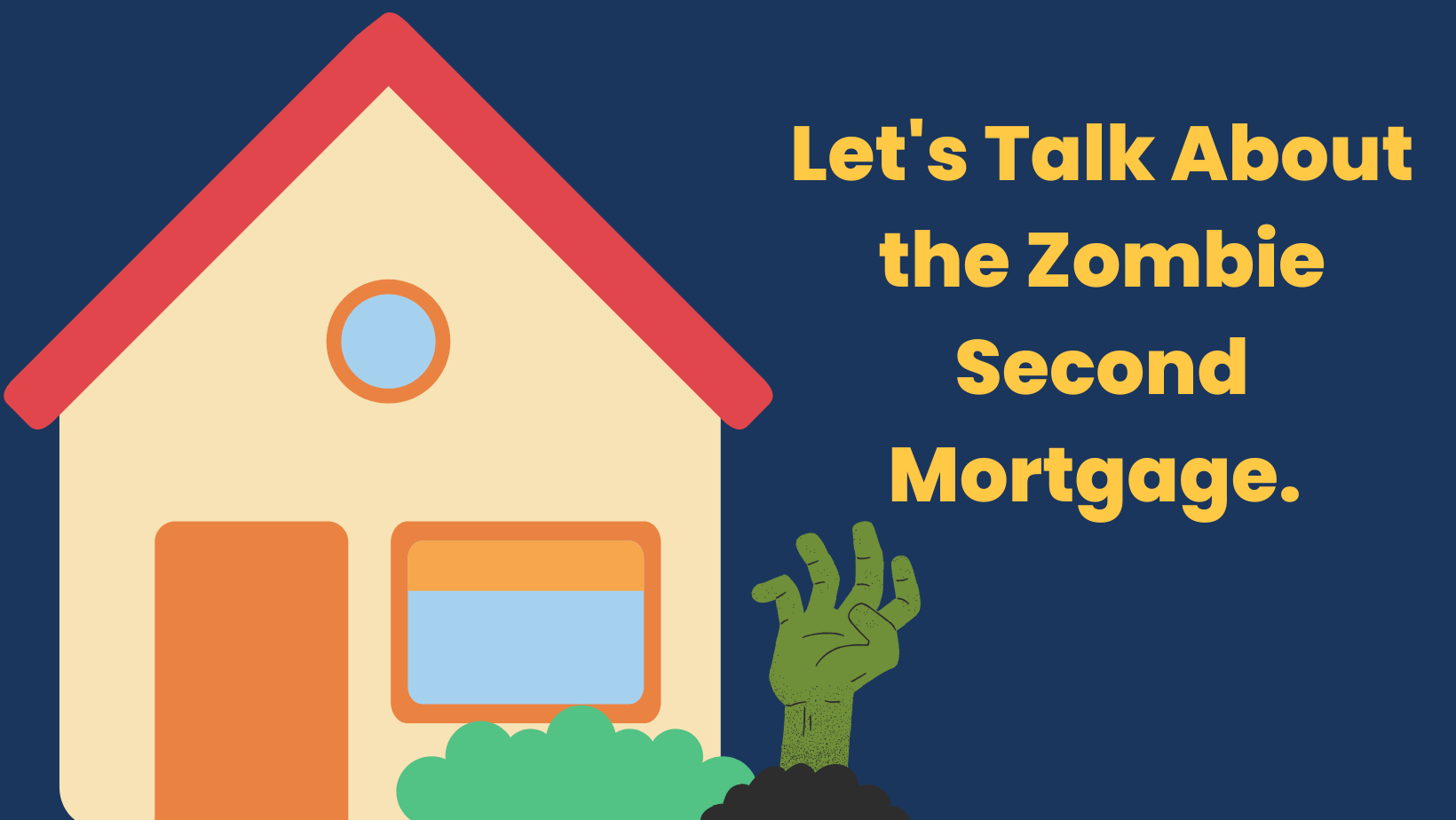Zombie mortgages got their name because they aren’t unlike zombies – a debt you thought was long gone, rising from the grave, and coming back to haunt you.
In short – a zombie second mortgage is mortgage debt that consumers believed was forgiven or satisfied long ago but that still exists. These zombie mortgages are typically second mortgages; many of which stemmed from predatory lending in the years leading up to the Great Recession in 2007 – 2009.
Where Did the Zombie Second Mortgage Come From?
To answer this question, we need to go back about 15 years to the Foreclosure Crisis. Between 2007 and 2012, more than 12 million U.S. homes went into foreclosure – three times the rate of foreclosures during the Great Depression. There were many contributing factors to the Foreclosure Crisis, but the main factor was the volume of predatory subprime mortgage loans made in the early 2000’s. One of these predatory practices was “piggyback mortgages” or “80/20 loans” where the primary mortgage covered 80% of the value of the home and the secondary covered the remaining 20%.
These loans frequently included predatory terms, like interest rates above 9% and balloon payments, and were marketed to low-income neighborhoods and communities of color. To keep their homes during the Great Recession, many Americans refinanced, declared bankruptcy, or utilized federal loan modification programs. In many cases, however, these second loans weren’t modified along with the first.
Because of plummeting home values and difficulty collecting payment, many lenders wrote off second mortgages while others sold off their loans and closed their doors. As a result, some borrowers no longer received statements for their second mortgages; many didn’t hear anything about their second mortgage for a decade or more. Unfortunately, despite the write-offs, many lenders claim they have the right to demand payment again in the future – a claim the Center is presently litigating against.
Enter the zombie second mortgage.
Over the last several years, as property values rise and borrowers get back on their feet, debt collectors are going after these smaller second mortgages and looking to collect years’ worth of interest and late fees on top of the principal balance of the dormant second mortgage. Original lenders are rarely in the picture anymore, and most groups threatening foreclosure over zombie second mortgages are debt buyers and collection agents. In fact, the groups behind court actions are often investors buying “distressed mortgage loans” at deep discounts; they are frequently limited liability companies that aren’t regulated like traditional bank lenders.
Rohit Chopra, CFPB Director notes that “the foreclosure crisis erased decades of closing the racial wealth gap” and zombie second mortgage debt could threaten to do the same if we don’t make changes in predatory debt collection tactics. He goes on to say that even those of us who can pay our mortgages should have “a vested interest in making sure their neighborhoods stay stable” says Rohit Chopra, CFPH Director – not only did 1 in 20 families lose their homes to foreclosure during the Foreclosure Crisis but many, many more saw their home values plummet due to neighboring foreclosures.
“[Zombie debt] places homeowners who were victims of the 2008 subprime lending [foreclosure crisis] at risk again of losing their home due to predatory practices” (NY Attorney General Letitia James, 2023).
If you are being threatened by zombie mortgage debt, contact Connecticut Fair Housing Center for help and be sure to follow us on Facebook and Twitter and sign up for our newsletter to stay up to date on the latest fair housing issues, including zombie debt.

Pictured above: Jeff Gentes, Managing Director at the Center, testifies at the Consumer Financial Protection Bureau Field (CFPB) Hearing on Zombie Debt in April 2023. During his testimony, Jeff suggests that the CFPB work toward new laws that require lenders to disclose how much they paid to acquire debt before they can enforce it, saying “if they did pay 5 cents on the dollar, maybe they can get 6 or 7 cents for it…they don’t need 100 cents”.


